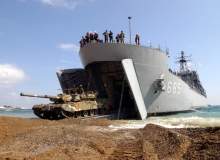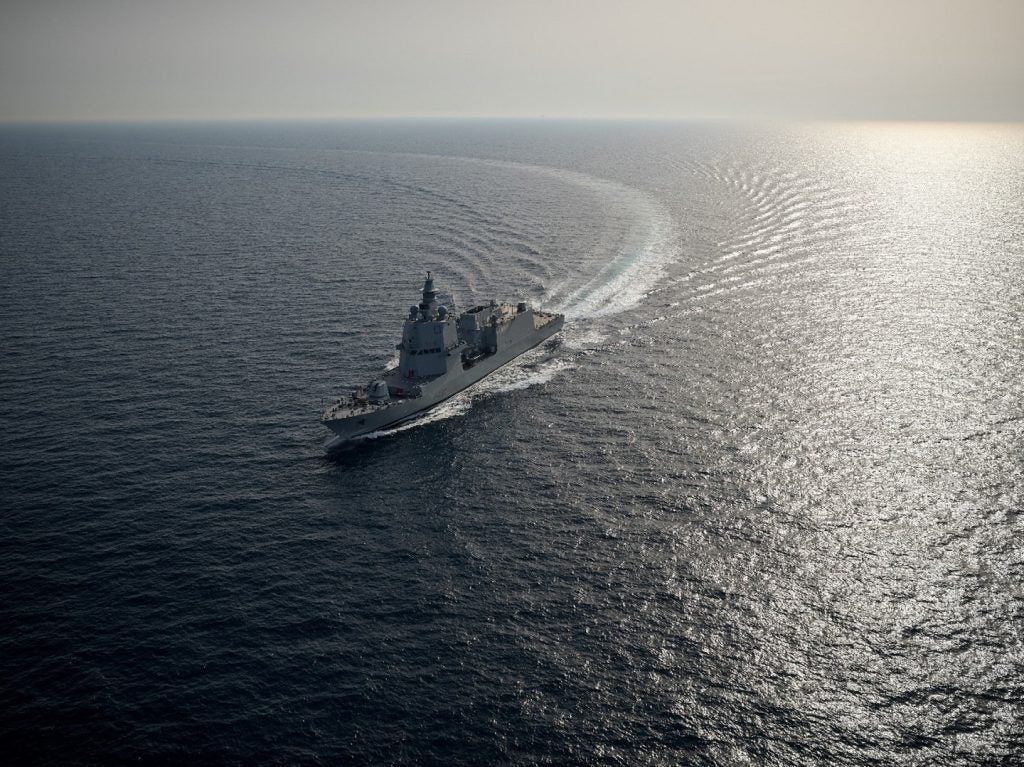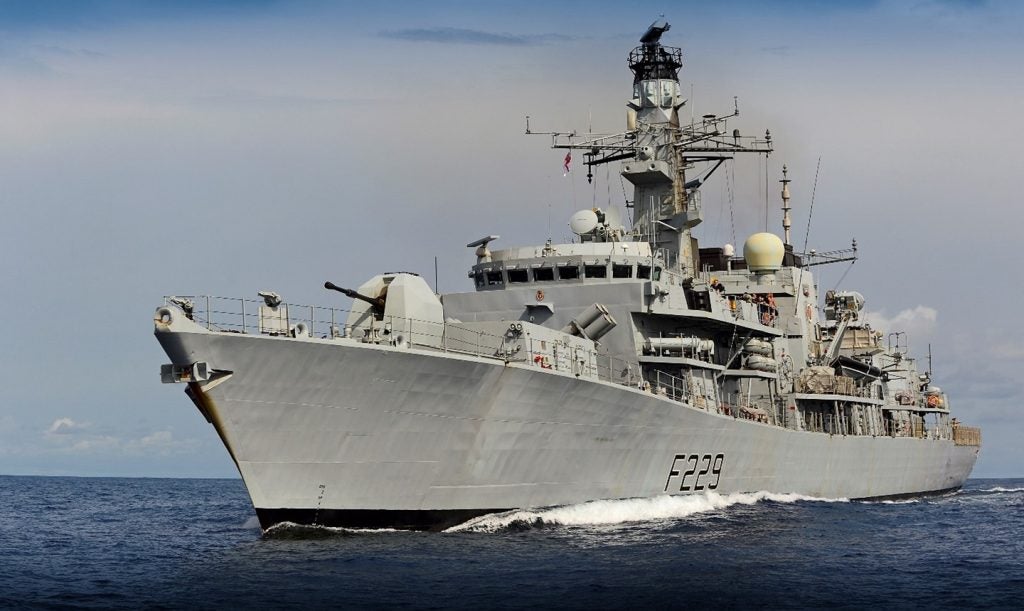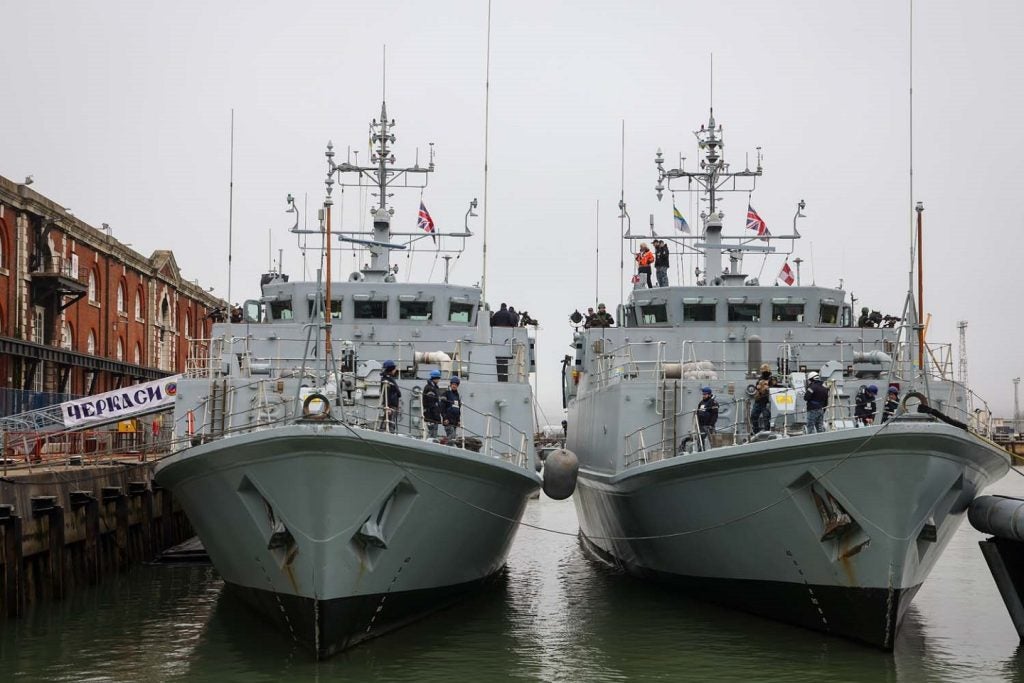

Given the widely reported territorial disputes around the South and East China Seas, the ramping up of maritime force in the region seems an obvious response. But compared with the way a typical arms race develops, individual countries in the region are not directly preparing to combat an adversary.
Peter Roberts, RUSI Senior Research Fellow, Sea Power and Maritime Studies, explains: "It seems to be a pattern of far-sightedness and long-term planning by the governments in the region, who are factoring in the uncertainty and distribution of power in the region."
"Drivers include the lack of multilateral security arrangements, the fear of isolationism from the US with a possible withdrawal, Chinese extension of power, and an availability of cash from governments looking for a national symbol to unify them," he adds.
How well do you really know your competitors?
Access the most comprehensive Company Profiles on the market, powered by GlobalData. Save hours of research. Gain competitive edge.

Thank you!
Your download email will arrive shortly
Not ready to buy yet? Download a free sample
We are confident about the unique quality of our Company Profiles. However, we want you to make the most beneficial decision for your business, so we offer a free sample that you can download by submitting the below form
By GlobalDataOne of the challenges is there is no single homogenous map of the people in the region, or their reasons for naval development; each of them has a very different interpretation of the sea. That’s not to say no countries are building capability in direct response to a threat. The South Korean (ROK) Navy has developed its capabilities historically to counter some of the potential from North Korea; Japan has developed its capabilities in anti-submarine warfare (ASW) and mining in response to Russian then Chinese extension of power; and Vietnam is looking to expand its diesel-electric hunter-killer submarine (SSK) programme in order to extend its influence.
See Also:
"For each of these countries, going into submarine building is a real use of a ‘fleet in being’ [a naval force that extends a controlling influence without leaving port] concept as a naval strategy, but also one of active defence and sea denial, which in itself prevents the Chinese exerting sea control over the region if used properly," says Roberts.
Growth in Asia’s submarine procurement
While patterns are hard to identify, one development is clear – the growth in submarine procurement and operations in the South China Sea since 2011 has been significant.
"The old adage used to be that the best way to kill a submarine is with another submarine. I’m not convinced that that is any longer true," says Roberts. "Modern submarines are so stealthy, using an SSK to track down and attack another SSK is not the best use of the asset."
Roberts argues the growth in submarine acquisition of undersea assets without being paired with more efficient counter-submarine technology — maritime patrol aircraft, helicopters for dipping sonars and offensive mine-laying capability, for example – indicates this is not a traditional arms race to counter growth by the Chinese. The Japanese developing the P-1 maritime patrol aircraft as a commercial counter to Boeing’s P-8 Poseidon is a notable exception.
As Australian troops withdraw from Afghanistan and strategic focus shifts towards Asia, the role of the Royal Australian Navy looks set to expand.
"You have to look to another reason beyond countering submarine with submarine as a reason for an arms race," says Roberts. "They’re looked at as symbols of national power, and when they go away it produces in the mind of a potential adversary a huge amount of uncertainty over what’s going on."
Among the notable purchases in the region, Vietnam is obtaining size Kilo-class submarines from Russia, the Philippines intends to purchase three SSKs, and Thailand has three SSKs on order. Indonesia is replacing two of its older submarines with up to 12 of either Russian or South Korean origin, Singapore has just agreed to buy two more type 219-SG from Germany, increasing its fleet to four, and Malaysia is looking at a French-Spanish consortium to develop a capability.
While perhaps not the most effective counter, Anti-Submarine Warfare (ASW) models are also on regional powers’ shopping list. China is investing its nuclear submarine fleet, and India has just fielded its first SSBN and may lease a second Akula 2 hull from Russia.
"You’ve got a very complex underwater map of operations that’s first going to show itself in the South China Sea and then in Sea of Japan and up toward South Korea and the East China Sea," says Roberts. "If all these nations were talking together, it would be a good deal easier than it’s going to be now."
Surface vessels as a symbol of power
Not all naval policy is directed below the water; surface vessels are also prominent, but again very much a symbol of national power by states with a healthy defence budget. Rather than invest in land capabilities, most of the countries are spending more on sea-borne capabilities, with a lot of focus on mine and mine-countermeasure vessels, and some larger platforms, especially the Chinese.
"The ROK has developed some much larger platforms, reinventing itself since the 1990s with a big blue-water navy [a maritime force capable of operating across the deep waters of open oceans] and getting into the KDX II class, which is a huge capability," says Roberts. "The sensor and information systems are based on the US Aegis system, along with SPY-1 radar; very similar to the Japanese in terms of capability."
Many nations in the South China Sea and East China Sea are also investing in their amphibious capability, risking stirring territorial disputes.
"The ability to land troops on a small island then hold it for a period of time could cause enormous friction, especially with all the disputed islands around," says Roberts. "Getting and holding these pieces of rock only requires a very small amphibious force."
Among the notable acquisitions, ROK has got its second amphibious Landing Ship Tank (LST) on contract. Along with Japan, ROK has a significant Marine Corps, and the Philippines and Singapore also retain an amphibious capability.
While China’s Liaoning aircraft carrier might be considered a significant acquisition in the region, Roberts considers fixed-wing carriers to be a national symbol rather than a defensive asset as they have limited utility in littoral control.
"The possible exception is South Korea which bought a helicopter destroyer as part of an anti-submarine warfare capability as a deliberate military strategy to counter the mass of the North Korean (DPRK) Army," he says.
Alliances and exercises
Given the tensions in the region, alliances forged through joint exercises can only help foster positive relations.
"Interoperability is very hard to achieve at sea between different weapons systems, data and communication networks," says Roberts. "Exercises are an easy way to bring harmonious understanding between seafarers, which is easy to achieve politically compared with signing a large agreement or alliance."
Three of the world’s 10 biggest aircraft carriers by displacement are operated by Asian naval forces.
Interests in maritime security in the South and East China Seas obviously extend beyond bordering nations. Western powers import large amounts of technology, raw materials and finished products from China, Taiwan, Japan and South Korea, so there is enormous reliance on trade coming from that region.
"The insurance that freedom of navigation still exists for commercial traffic is absolutely critical, and I think as governments start to understand the nature and importance of sea lines of communications, we’re going to see more and more nations extending their interest in the region," says Roberts.
Geopolitical challenges
All this is being played out against a very complex geopolitical background. History demonstrates that states in the region are reluctant to cooperate even against a common enemy, making what would otherwise seem like natural alliances impossible.
"The problem with the China Seas is you can’t regard [the bordering countries] as a region of Asia; they’re a series of nations with very different strategic culture who have very different aims and objectives and ways of living and fighting," says Roberts.
In geographical and oceanographic terms, the area is difficult to chart, with areas that are very shallow, warm and difficult to navigate contrasting sharply with those that are hugely deep but with a mass of natural resources associated with them. While the main strategic access point is via the Malacca straits, there is also access via Lombok, Makassar and the Sunda Strait.
"These are all important because if you look at the export nature of the economies there, it’s in all their interests that these straits are kept open," says Roberts. "Those strategic access points could become hotly contested, and the procurement of naval assets by surrounding states and nations focuses on access denial or active defence of those strategic access points."
In addition, there aren’t the same established borders at sea, established Exclusive Economic Zones (EEZ) and flight information regions as Western states know them, nor the concomitant world view regarding the lay-down of EEZ and claimed waters in the South China Sea.
"So it’s a complex environment, they’re different people to understand, and it’s difficult for a Western mariner to perceive the sea in the way each individual nation does," says Roberts. "But the sea is the one unifying medium between all these nations; although each one sees it in a different way, they all see it as central to their geopolitical future."
Clashes, conflict or containment?
Sabre-rattling is a term widely bandied when talking about territorial disputes in the region, but how likely is it clashes would ever develop into full-blown conflict? Roberts believes that navies with vastly improved capabilities, protecting national policies that are sometimes opaque, combined with a huge amount of national pride to protect, particularly in the South China Sea, could cause conflict to erupt.
"However, it’s difficult to see a full-blown state-on-state conflict developing," he says. "That’s not to say it won’t happen at sea; it’s been possible to contain state-on-state conflict through the use of naval power previously, and by executing war at sea, they’re able to keep even their land borders somewhat at ease."
"It’s certainly possible. Is it inevitable? No. Is it worrying? I think it’s something all nations should be taking an active interest in," concludes Roberts.
Follow Berenice Baker on Google+


.gif)




